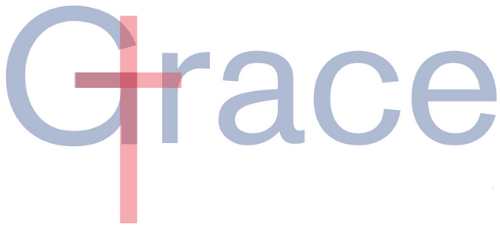
We want the warhorse.
Jesus rides a donkey.
We want the eagle.
The Holy Spirit descends as a dove.
We want to take up swords.
Jesus takes up a cross.
We want the roaring lion.
God comes as a slaughtered lamb.
We keep trying to arm God.
God keeps trying to disarm us.”
– Rev. Benjamin Cremer
Soon we will arrive at the shortest day, on December 21, the day with the least amount of light for us in the West. We live in a time that wants war, might, fierceness and weapons, and we see this all around us. God refuses to participate in our madness, in our dark desires, in our separateness and draws as intimately close to us and God can get in Emmanu-el, “God with us”.
During Advent, Christians are asked to remember that we measure time differently from the dominant culture in which we live. We begin our year when the days are getting darker, not lighter. We count sunset as the beginning of a new day. However things appear to our naked eyes, we trust that the seeds of light are planted in darkness, where they sprout and grow we know not how. This darkness is necessary to new life, even when it is uncomfortable and goes on too long.
Biblically speaking, darkness is no bueno. In the first testament, light stands for life and darkness for death. Sheol is dark as hell. When God is angry with people, they are plunged into darkness. Locusts darken the land. People grope in the dark without light, for the day of the Lord is darkness and not light.
In the second testament, light stands for knowledge and darkness for ignorance. When the true light comes into the world, the world does not know him. He has come so that everyone who believes in him should not remain in the darkness, but they love darkness more than light. On the day he dies, darkness descends on the land from noon until three. First John sums it up: “God is light and in him there is no darkness at all.”
There is one word for darkness in the Bible that stands out from the rest. It shows up in the book of Exodus, at the foot of Mount Sinai, right after God has delivered Torah to the people: “Then the people stood at a distance, while Moses drew near to the thick darkness where God was” (20:21).
This is araphel, my seminary training says, the thick darkness that indicates God’s presence as surely as the brightness of God’s glory — something God later clarifies through the prophet Isaiah, in case anyone missed it earlier. “I am the Lord, and there is no other. I form light and create darkness, I make weal and create woe; I the Lord do all these things” (Isa. 45:6–7).
A helpful reminder to all who fear the dark: Darkness does not come from a different place than light; it is not presided over by a different God. The long nights of Advent, as well as the early mornings of Easter, both point us toward the God for whom darkness and light are alike. Both are fertile seasons for those who “walk by faith and not by sight.”
Even in the dark, the seed sprouts and grows—we know not how—while God goes on giving birth to the truly human in Christ and in us.
Blessings in the dark,
Sarah Christopher
Associate Pastor

Recent Comments